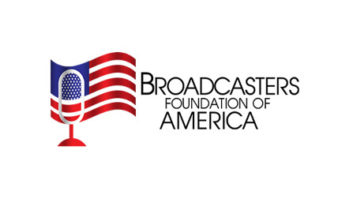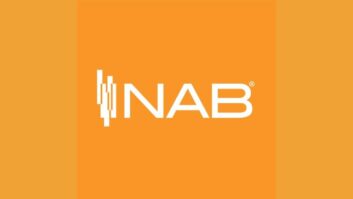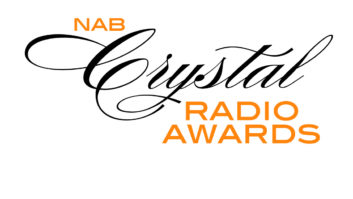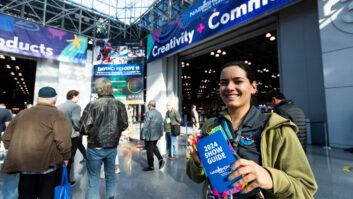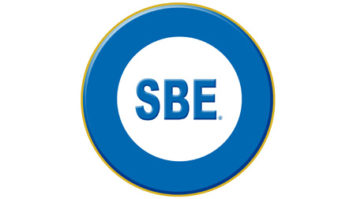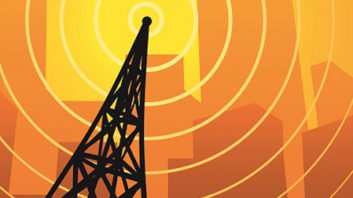 Some of the NAB’s best technological minds are giving their predictions about breakthrough technologies for 2022.
Some of the NAB’s best technological minds are giving their predictions about breakthrough technologies for 2022.
The forward-looking forecast from NAB technologists points to greater use of artificial intelligence in broadcasting, as well as the expansion of all-digital AM, among other breakouts.
John Clark, executive director of NAB’s PILOT, sees an explosion of voice-based services in the year ahead. “Whether it’s a car, TV, radio, phone or appliances in your home, you’ll find that you’re talking more than ever,” Clark said.
Clark envisions a day when those conversations will be more natural as consumers become more comfortable talking with multiple interfaces.
Meanwhile, the rollout of artificial intelligence will continue to have an impact on broadcasting, playing a more significant role in the industry, said Sam Matheny, chief technology officer at NAB.
“It could take many forms — ranging from content creation and conversion, inventory analysis, relationship management, weather forecasting, automated captioning, translation, asset recognition, or some other application,” Methany predicted.
Methany wrote on the predictions post at NABPILOT.org that he doesn’t see “fully enabled, self-contained solutions,” but rather incremental AI tools that, “when combined with human expertise, deliver measurable operational improvements.”
David Layer, VP of advanced engineering for NAB, foresees the expansion of all-digital AM in the United States with more stations launching the service now that AM broadcasters in the U.S. can replace their analog AM with an HD Radio all-digital AM signal.
“A handful of broadcasters made the leap in 2021, and my prediction is that we will see more stations do the same in 2022,” Layer said.
Layer cited a number of benefits to all-digital AM, including improved audio quality, reduced adjacent-channel interference, expanded coverage and support for metadata, such as song title and artist information and artwork. Of course, Layer said, the flip side is all-digital AM signals are not receivable on analog radios.
All the AM stations switching to all-digital have FM translators or affiliated FM radio stations, Layer noted, which means their signals are still receivable on analog radios. “However, as the number of automobiles with HD Radio receivers continues to rise over time, whether to switch or not will become an easier question to answer,” Layer said.
Jeremy Sinon, vice president of digital strategy at Hubbard Radio, offered that hybrid radio dashboards — with streaming audio and OTA displays — will end up being the catalyst to finally seeing HD subchannels having true potential as they are no longer buried in dashboard interfaces.
“Demos of Hybrid Radio-enabled dashboards rolling off new car lots show HD subchannels sitting in the same tier as their HD-1 counterparts. Consumers using these dashboards will not know the difference between a main station and subchannels,” Sinon said.
However, Sinon wrote, the “true pay-off [for broadcasters] won’t be available for years to come as hybrid radio prevalence is a ways away.”
